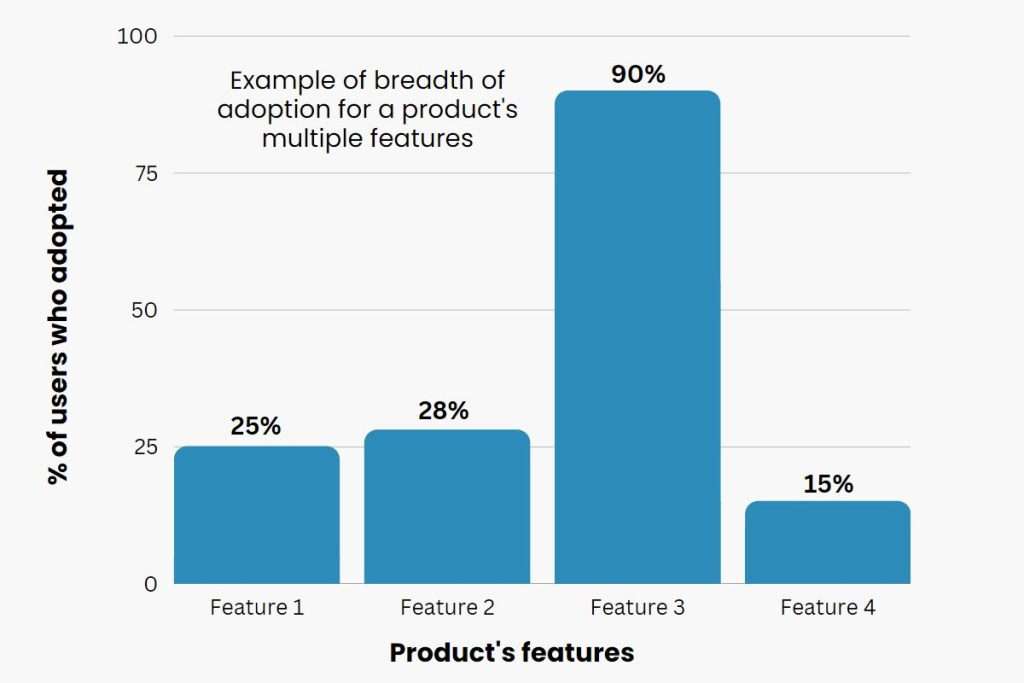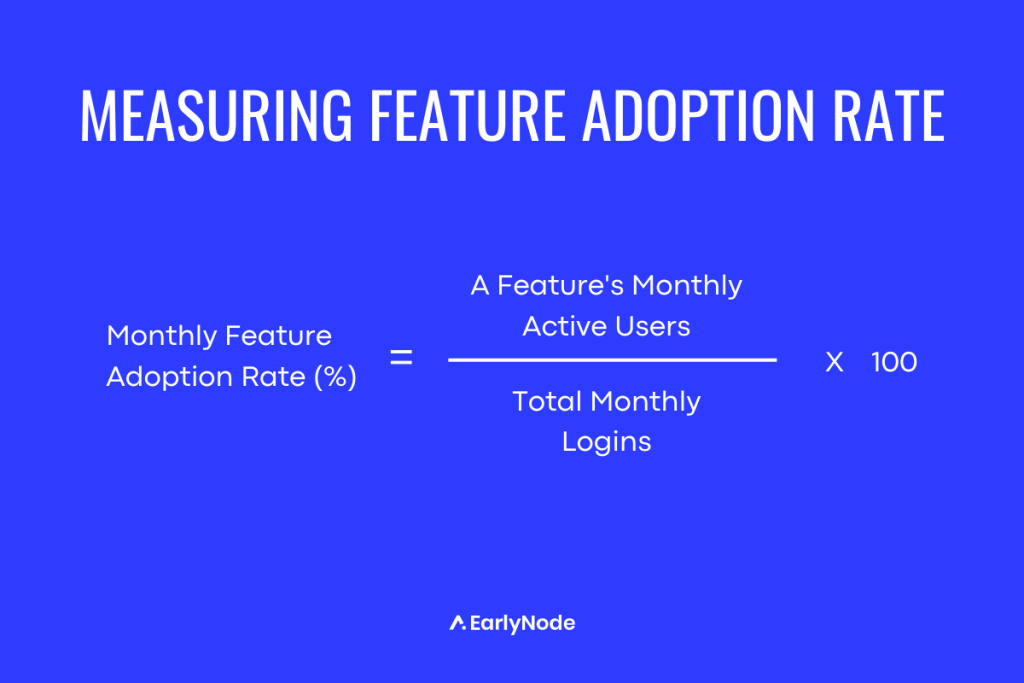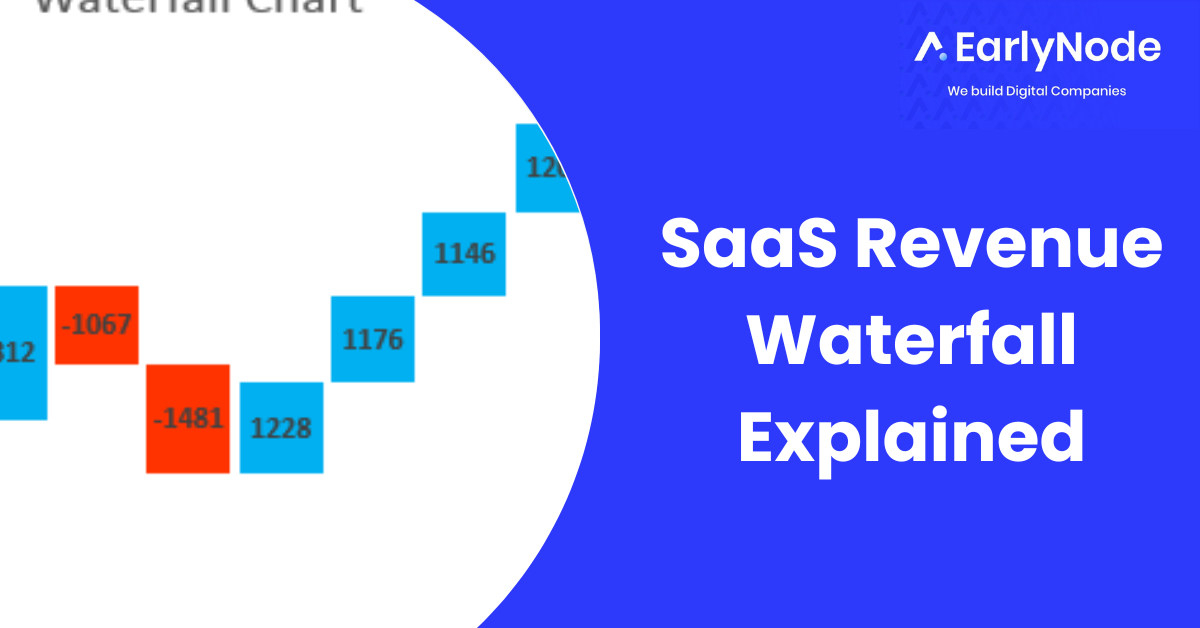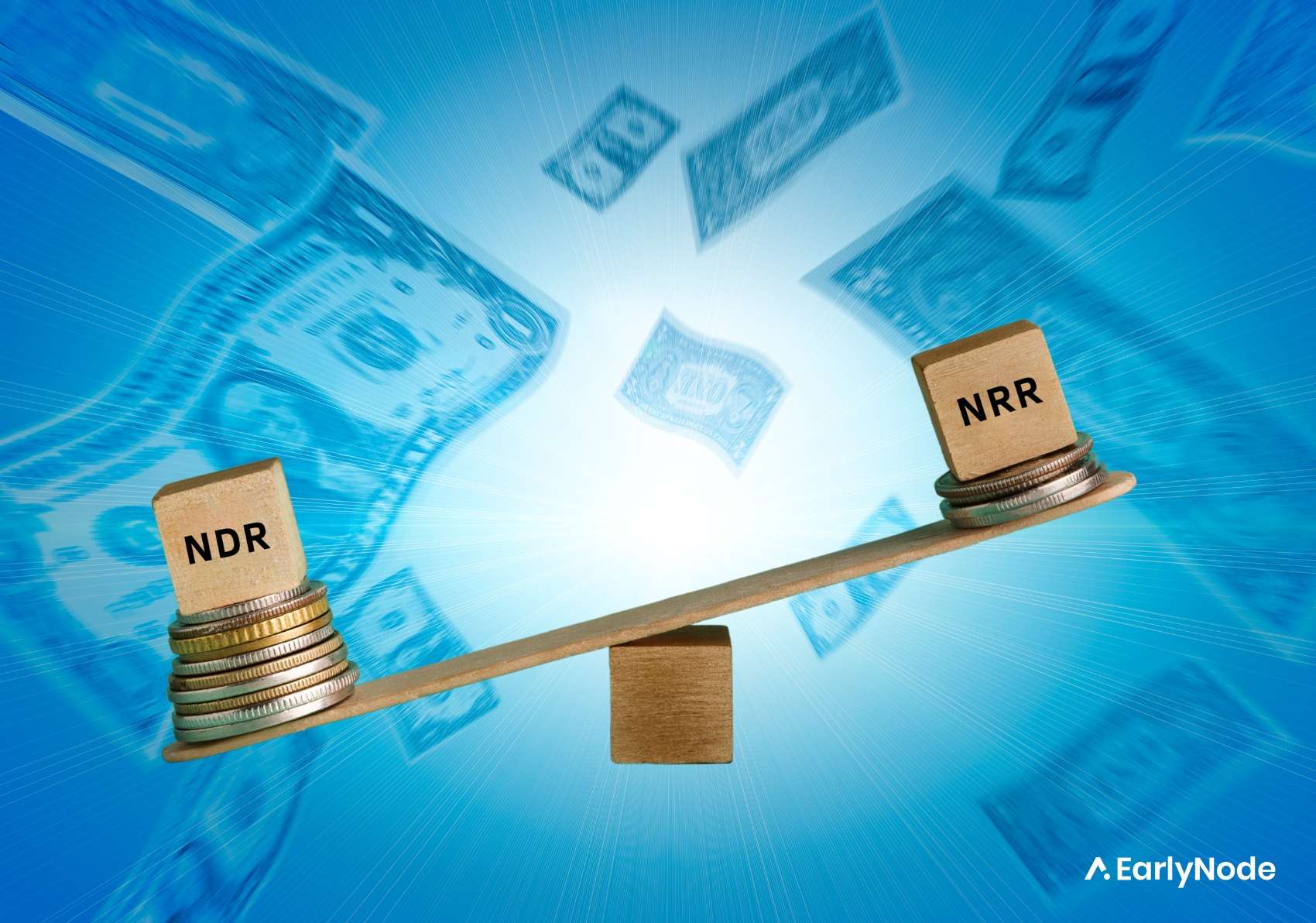What is Feature Adoption in SaaS?

Feature adoption is the process of users discovering, embracing, and integrating new features into their daily workflows.
It’s a big deal because, without it, even the most revolutionary features would go unnoticed, like a tree falling in the forest with no one to hear it. To make sure that doesn’t happen, we measure feature adoption through metrics like adoption breadth, depth, and retention.
By the end of this article, you’ll not only be able to measure feature adoption like a pro but also learn 4 ways to drive higher feature adoption for your products. Let’s dive in!
What is Feature Adoption?
Feature adoption in the SaaS industry refers to the extent to which users integrate new or existing features of a software product into their workflows.
This process typically includes discovering, understanding, and using these features to enhance their user experience, increase efficiency, or achieve specific goals. High feature adoption is indicative of the software’s ability to meet its users’ needs, provide value, and keep them happy.
Put simply, the more features users adopt, the more value they receive. A higher feature adoption rate also indicates a lower churn rate, making it a key metric for retention and expansion.
Feature adoption rate is typically measured relative to monthly logins:
Monthly Feature Adoption Rate (%) = [feature MAU / monthly logins] * 100.
Why Feature Adoption Matters?
For most SaaS products, customers renew their subscriptions every month. That’s why it is important for users to quickly see your product’s worth and start benefiting from it. And each new feature can make the user experience better, as long as they know about these features and how to use them effectively.
The following are some more reasons to keep your feature adoption rate high:
Customer Success: High feature adoption rates suggest that customers are finding value in the product and are more likely to continue using it.
Retention: As users become more satisfied with the software, the likelihood of customer churn decreases, leading to improved retention rates and greater lifetime value.
Competitive Advantage: If a SaaS company has a higher feature adoption rate, meaning their users adopt features faster, this means they’re providing a lot of value and thus more customers see them as a leading solution in their market.
Innovation: Understanding feature adoption patterns helps developers and product managers identify areas for improvement and innovation.
Feature Adoption Metrics
Feature adoption metrics can be effectively used to track successful feature launches. When measuring a launch product managers and customer success managers should consider four key metrics.
Breadth of Adoption
The percentage of users who have adopted a particular feature is the breadth of adoption. It shows the initial appeal of the new feature.

A higher breadth indicates that a feature attracts more users. For example, In the graph above we can see Feature 3 was the feature adopted by most users, meaning it’s highly valuable.
You can calculate the adoption breadth for a feature by finding out the number of users who engaged with the feature during a specific period.
Depth of Adoption
The frequency and intensity of use for a given feature by all user types is adoption depth. A lower depth shows that users are either finding it difficult to use the new feature or it isn’t valuable enough. So it’s important for you to keep a close eye on this metric.
Time to Adopt
The amount of time it takes users to discover and start using a new feature. Faster feature adoption time shows that a feature aligns with an existing pain. If a user is taking weeks to adopt a new feature, it is probably a good time to reflect on your feature announcement strategy.
Retention
The length of time users continue to use a feature after the adoption is retention. After adoption, this metric becomes important as it tells you when your feature needs a refresh.
For instance, 90% of your customers could use the feature when it is freshly launched, but then the majority of those customers could drop the feature after a month. That would be a very high adoption rate with poor retention.
Just a quick tip – success with these four metrics might look different for every company. So, rely on benchmarks to see how your feature adoption stacks up against companies that are similar to yours in size or stage.
And while you’re keeping an eye on feature adoption through a product analytics platform, don’t forget to look for chances to get feedback from users. If you can catch their thoughts right when they’re trying out a new feature, that’s even better!
You can then combine the number-driven data (quantitative) with the feedback you get from people (qualitative) to understand why they love or skip certain features.
How to Measure Feature Adoption?
Feature adoption rate is measured relative to logins: Monthly Feature Adoption Rate (%) = [feature MAU / monthly logins] * 100.

4 Ways to Drive Higher Feature Adoption Rates
We all know measuring feature adoption is super important, but it’s only part of what you need to do. Once you’ve got a handle on which features your users are into and which ones they’re not, you can use some tactics to boost feature adoption. Here are four ways to do that:
Share new features right in the app: Your product is the perfect place to let users know about new features. Pop-up guides or tooltips make sure they get the info when it’s most useful. The goal is to make it super easy for your users to discover and try out those new features.
Keep it simple and clear: When you’re announcing a feature inside your app, use plain language to show why it’s awesome. And don’t forget to let users know what you want them to do next – like giving the feature a try, checking out some docs, or watching a demo.
Keep the momentum going: Announcing a new feature is just the start. For features that need a bit more explaining or involve multiple steps, create in-app walkthroughs to guide users through the process.
Personalize your messages: Your users are a diverse bunch, so not every feature will be a hit with everyone. Make sure you segment your users and target in-app communications about new features to the right groups. Think about who’ll be most interested in each feature and tweak your communication strategy to suit different user personas.
Remember, it’s all about making things easy and enjoyable for your users.
Conclusion
Feature adoption is critical for any SaaS product to be successful. By understanding its importance and tracking relevant metrics, businesses can develop strategies to improve adoption rates, leading to greater customer satisfaction, retention, and ultimately, business growth.




